In the realm of the frugal

They live protected in a glass house on the outskirts of Ses Salines. Wind and rain cannot harm them. Thousands of them sit in their very small plastic pots, neatly arranged in long rows, and grow. Some are as small as the head of a pin, others have already grown to the size of lentils, then there are the olive-sized ones, others are miniature shrubs with tiny leaves. "Cacti grow very slowly," says Toni Portell, "you need a lot of patience with them."
Portell has been growing succulents with and without spines, as well as thick-leaved plants, for more than 40 years. They are extraordinarily diverse in their appearance and similar in their undemanding nature. Portell's most important care tip for a cactus is therefore simply: "Don't think about it." Cactus Toni Moreno is the name of his business; Moreno is Portell's nickname in his home town of Ses Salines.
He started growing and trading in 1972 after Carmen March Delgado from the March banking clan sent him to Barcelona to attend a gardening school. "I was 14," he says, "she knew me because I was an altar boy." He later worked at s'Avall, the March family estate, which today has the best cactus collection in Europe, according to Portell. The fenced-in private property is only three kilometers away from his greenhouses. You are not allowed to enter it, and Portell has not been there for a long time. "They have real cactus forests, some specimens are 15 meters high," he enthuses.
Mallorca has the ideal cactus climate, yet there are no native species. Even the prickly pear cacti (Opuntia ficus-indica), which proliferate everywhere, were once imported from Mexico.
The fruits were used to fatten the pigs and the large, round areoles were crushed and used as fodder for the cows when there was nothing else available, Portell recalls. An introduced useful plant that has lost its value today, but is still part of Mallorca's landscape. It simply grows on wasteland, by the roadside or in abandoned backyards. Maybe that's why the islanders don't know much about cacti. "We do our business abroad and on the Spanish mainland," says daughter Antònia Portell, who runs the business with her husband Fabricio Castelo, "and with local garden centers and landscape architects." They mainly work with foreign private customers and hotels. "The Scandinavians in particular love cacti," says Antònia, "for them they are exotic plants."
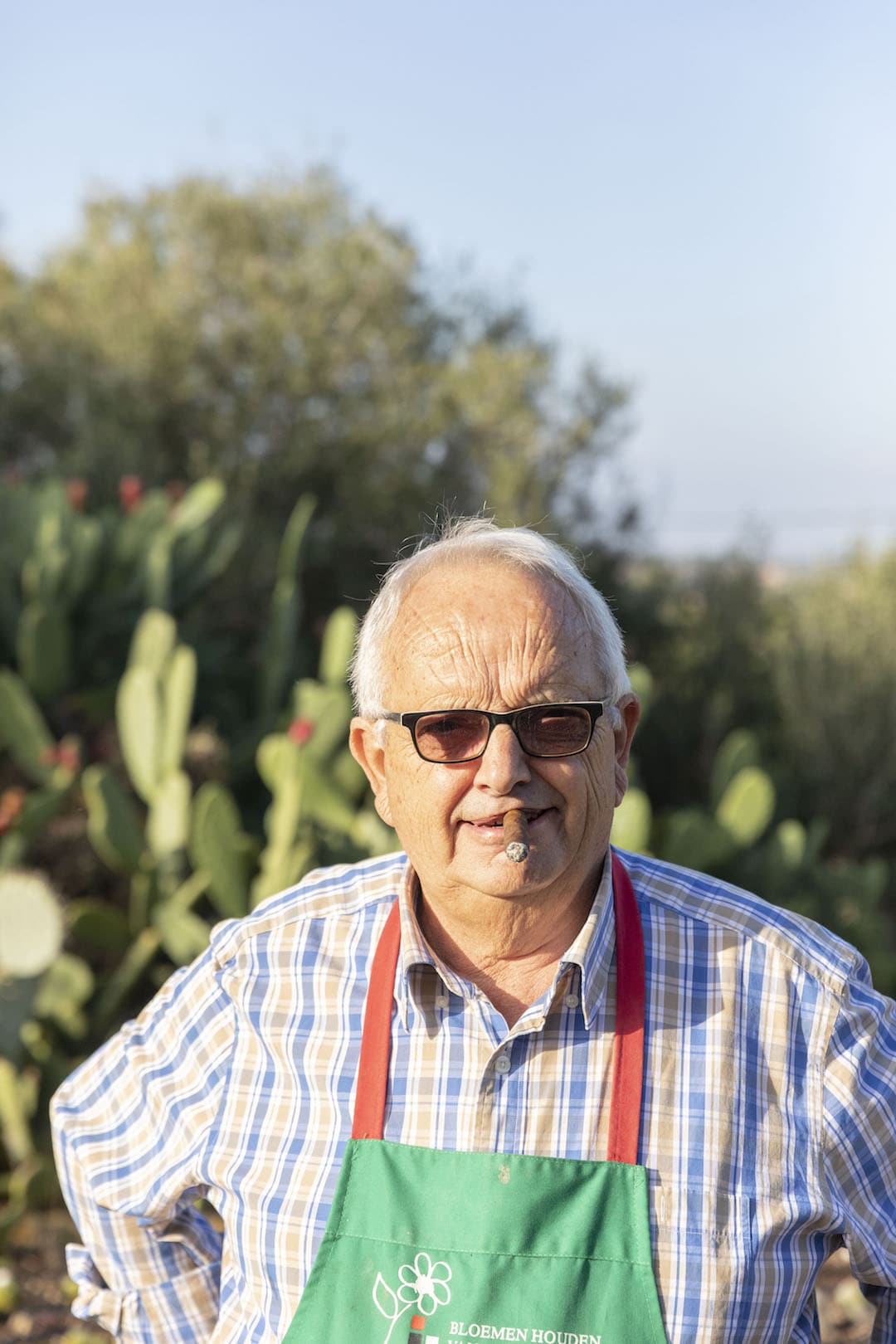
Toni Portell loves to spend afternoons in the greenhouse

Casa Mar
Cacti simply do not go out of fashion
The father takes care of the core business, literally. Because the business also sells cactus seeds. The old Mallorcan with the cigar and thick glasses loves to spend afternoons in the greenhouse with his offspring. More than 500 species grow here. Portell loves the Lithops genus because they are particularly difficult to grow.
They are found in southern Africa and are no bigger than a fist. They are called living stones in German, elephant's feet in Spanish, and that is exactly what they look like: grayish, greenish or reddish, plump, smooth, not a single spine, completely inconspicuous. Nevertheless, Portell has succumbed to their charms, and if you know that they belong to the noonday flower family, you can guess why. Every day from 2 p.m., the walnut-sized specimens open their white or yellow flowers and "fill the whole greenhouse with fragrance," says Portell, "fantastic."
At that moment, he grabs a paintbrush and pollinates the flowers. He then walks through the greenhouse to see how the other mini-plants are doing. Cereus cacti, for example, are sticking straight up out of their pots, just like the ones you see in wild west films, albeit only a thumb high. "They are supposed to absorb computer radiation," says Portell, "we sell them well."
Small Espostoa lanata specimens grow next to it. Their narrow, tall trunk is surrounded by a felty beard. They come from northern Peru and can withstand sub-zero temperatures, as Portell explains. Impressive, when you know that cacti consist mainly of water. The white wool coat probably protects them from freezing. Behind it, the ever-popular mother-in-law's chairs (Echinocactus grusonii), which have the Latin word for hedgehog in their name, thrive. "Our bestseller," says Portell, "they just don't go out of fashion." The nasty name is painful to look at.
The thorns of the tangerine-sized balls are actually quite hard. Once they are as big as a medicine ball, after 10 or 15 years, you can really hurt yourself. You learn this on one of the company's three open-air plantations: mother-in-law's chairs grow in neat rows as far as the eye can see. The fields are openly accessible. "Nobody steals them," explains Antònia during the tour in the car, "or would you know how to dig up a 40-kilo spiked ball and carry it away?"
If you want to buy the plants legally, you can visit the Portells by appointment and pick some out. The small ones are available for a few euros, the larger ones cost around 40 euros. If you want something really special, Antònia will drive you to the plantation of the giants in the dry hinterland of Ses Salines. There they stand, planted far apart, enjoying Mallorca's sun: a sparse forest of Pachycereus pringlei cacti with woody trunks and strong, skyward-growing branches, in between meter-high quiver trees, which belong to the aloe genus and yet look completely different with their smooth, bare trunks and small treetops.
Our bestseller "Mother-in-law chairs"
"Our Gran Reserva cacti"
Cactus Toni Moreno
Make an appointment at
Tel: 636 748 962

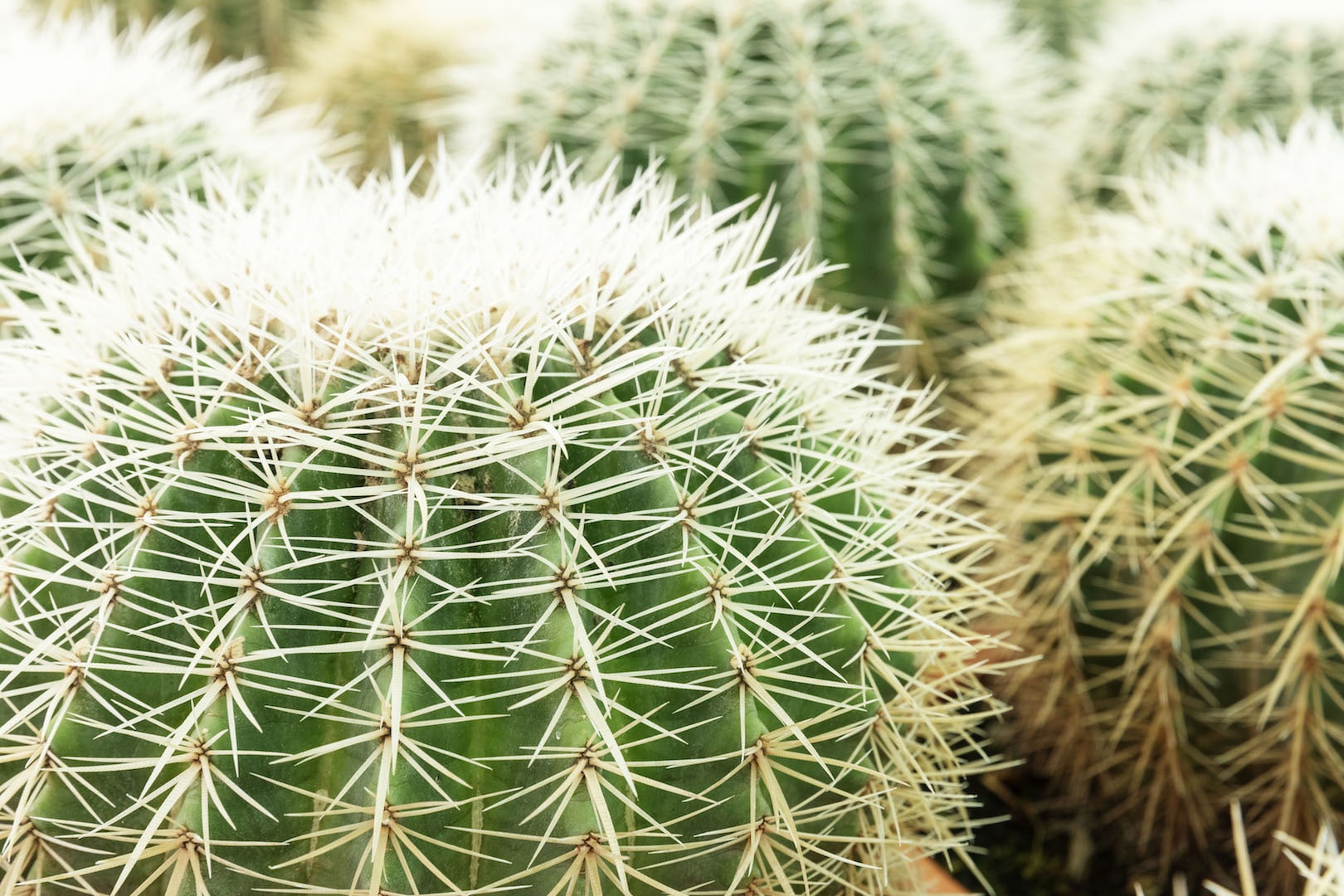
What do you think to the article: In the realm of the frugal?
We cordially invite you to share your thoughts, impressions and own experiences in the comments section.
Have you found your own memories in Mallorca's news and stories, met fascinating characters or have experiences of your own that you would like to share with us?
Share your impressions, arouse curiosity or express your enthusiasm - every exchange here is an enrichment of our shared passion for this magical island.
Rental car book for your next vacation
Just one click and you have a wide selection of our selected and recommended rental car partners available.





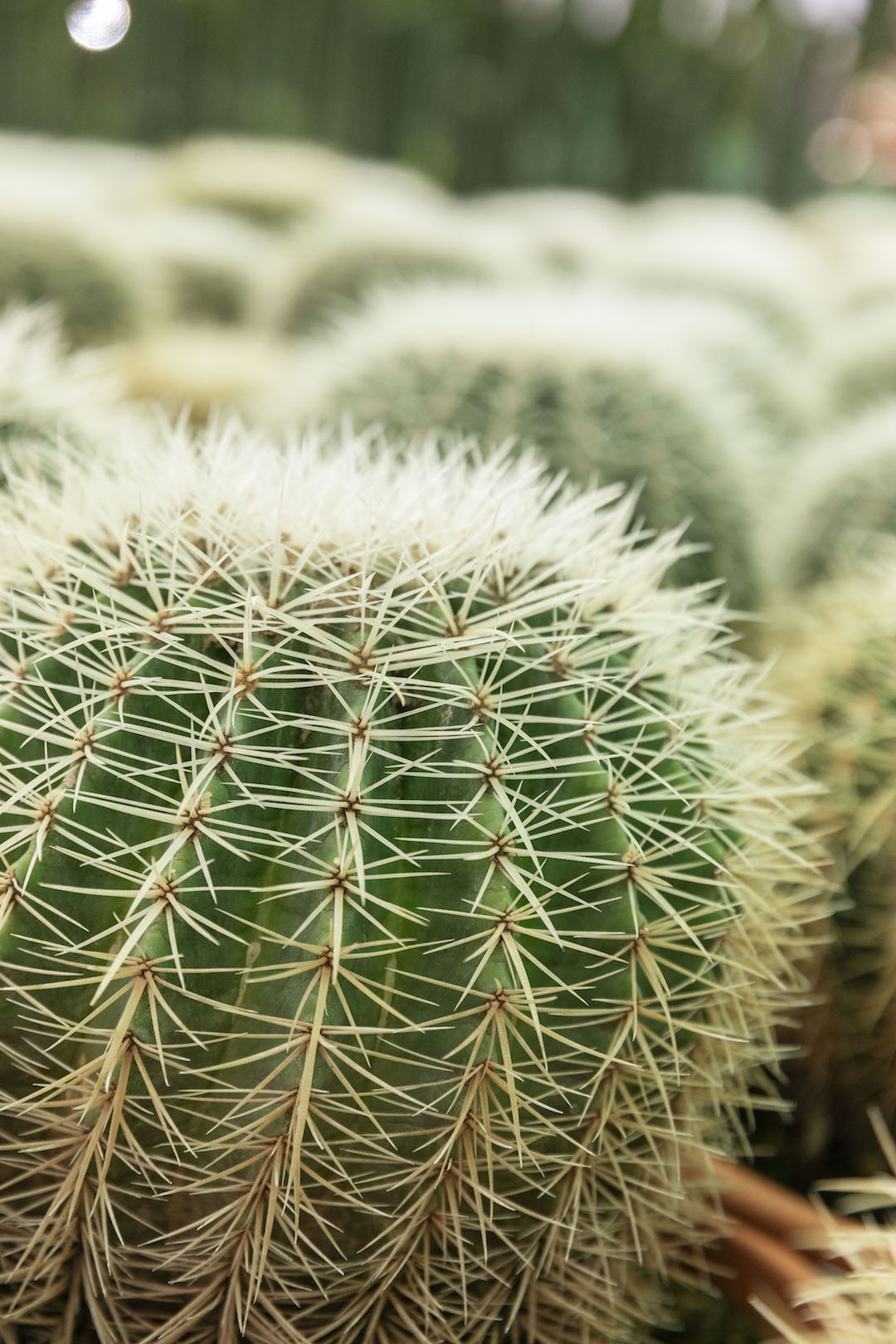

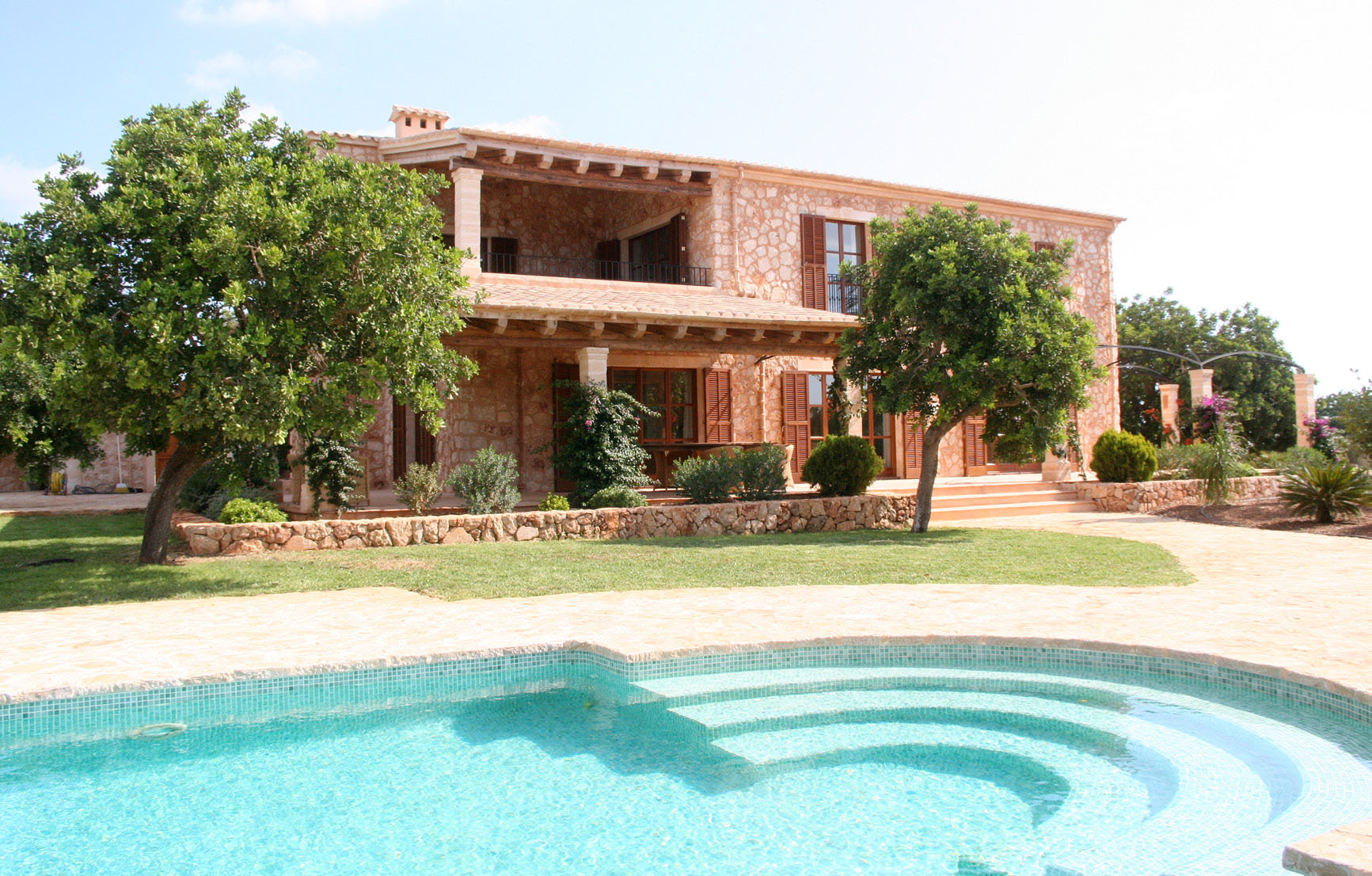



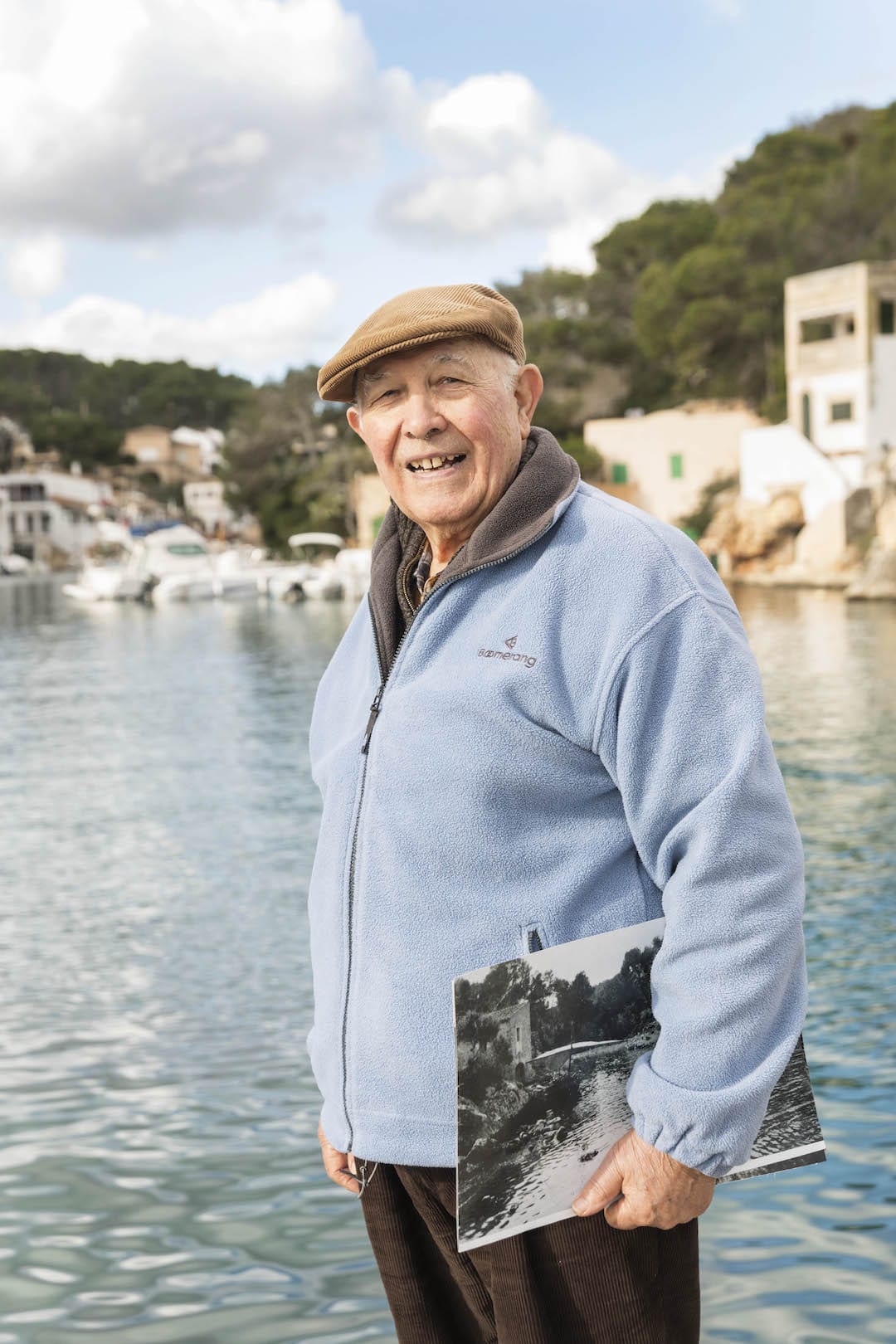

0 Comments